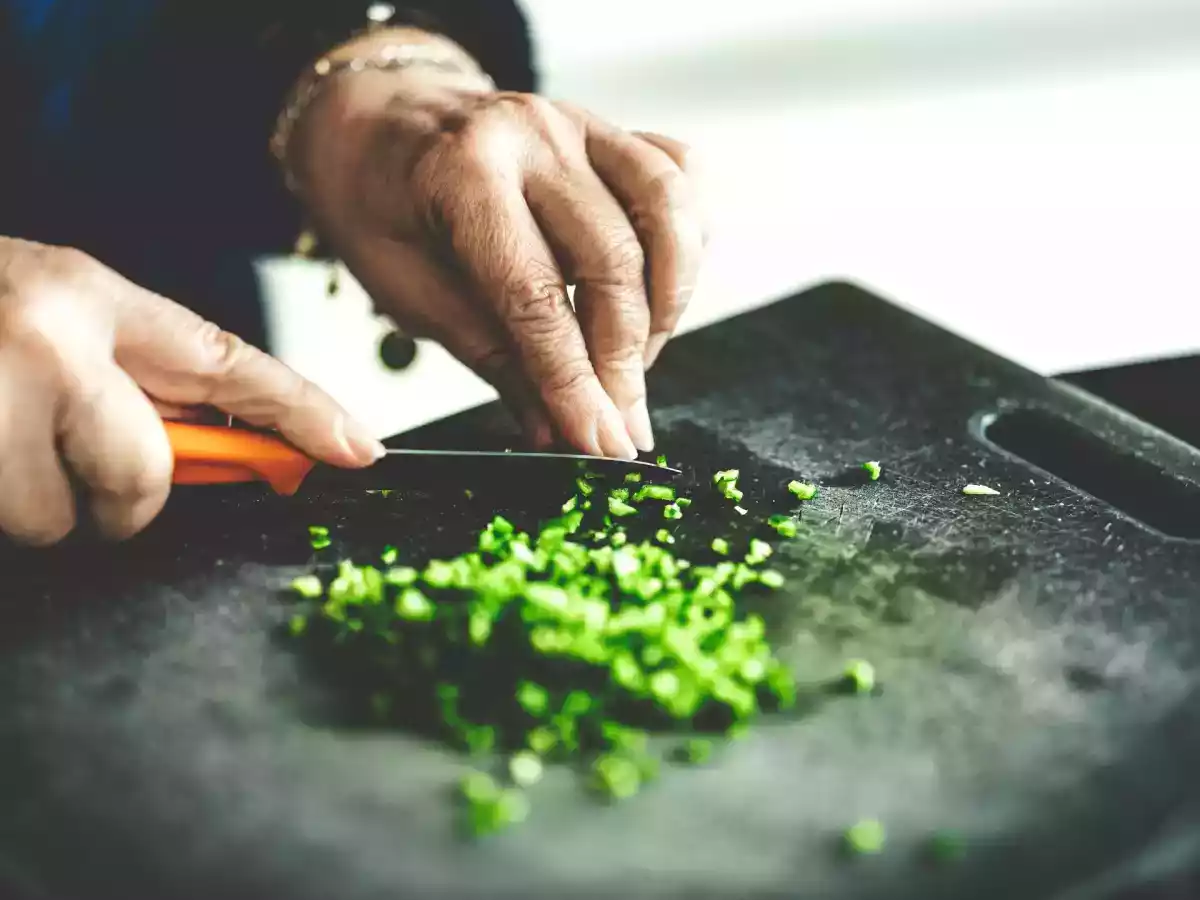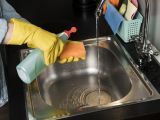Do you use a plastic cutting board? Here are what the risks are!

A cutting board is an essential utensil in any culinary preparation. Although plastic models are highly valued for their practicality, it is important to point out their potential health and food safety hazards. In this in-depth discussion, the hazards associated with the use of plastic cutting boards will be analyzed and useful tips will be provided to minimize them.
Danger of bacteria
Plastic cutting boards, especially when scratched, promote the proliferation of pathogenic bacteria such as E. coli and Salmonella. Food residues that creep into micro-cracks create an ideal environment for their growth. Even thorough cleaning may not be sufficient to completely eliminate these microorganisms, increasing the risk of cross-contamination and subsequent food poisoning.
Release of microplastics
Plastic cutting boards, subjected to prolonged use, tend to deteriorate, releasing tiny plastic particles into food. These microplastics, which are non-biodegradable, can potentially lead to gastrointestinal upset or inflammatory reactions if ingested. Although scientific studies on this issue are still ongoing, concern about the potential long-term effects of such food contamination is steadily increasing.
Hidden danger in the release of harmful substances
Some plastic cutting boards, especially those of low quality or made from unsafe materials, can release hazardous chemicals such as bisphenol A and phthalates. These substances are known to harm health, especially the hormone system. The problem is exacerbated when the cutting board is exposed to high temperatures, such as when we wash it with very hot water or use it as a support for hot food. In these cases, the release of the harmful substances may increase.
Less easy to sanitize
While wooden cutting boards have natural antibacterial properties, plastic cutting boards tend to accumulate bacteria and food residues in surface microfractures. Cleaning action, even vigorous, may not be sufficient to completely sanitize a worn plastic cutting board. The fibrous structure of wood, on the other hand, promotes the trapping of bacteria, limiting their spread, although it is subject to deterioration over time.
Conclusions
Plastic cutting boards, although cheap and lightweight, have several disadvantages compared to natural alternatives. Wood, for example, has natural antibacterial properties and creates a protective barrier against the growth of microorganisms. Bamboo, in addition to being environmentally sustainable, is extremely strong and durable. Finally, glass is hygienic and does not absorb odors, but requires extra care when washing to avoid breakage. Each of these materials offers specific advantages, allowing you to choose the cutting board that best suits your needs and preferences.
You might also be interested in:
 Daniele Mainieri
Daniele Mainieri

Comments